I've been teaching cooking and gardening classes for five years now. Along the way, I've amassed experience about how to make a successful class and why classes sometimes fail. The Making Of A Cooking Class will share my experience in three parts: Why, Where & When (Setting Up A Class), What (Designing the Education), and How (Leading A Class).

Why Teach?
As a new class draws closer, I always question myself, "Why do I teach again?" The money is nice of course, though if calculations include developing the expertise, marketing, set up, and clean up, the hourly rate is nothing remarkable. I've noticed no increase in blog readership related to teaching, so it isn't the web traffic. And while a mention in the newspaper now and then is fun, at the end of the day it doesn't mean a lot.
Why I teach, and why anyone should want to pursue this avocation, is to share and learn from others. I feel a little thrill when someone tightens the ring on a canning jar or makes cheese for the very first time. When a participant reaches out later to let me know how their garden is growing, I know that my classes are improving the environment. I often come away from a teaching experience with new knowledge or a new problem to study.
Where To Hold Classes
A typical cooking class begins at least six months in advance when I schedule dates with the location. But before that, I have to find and select locations. The ideal teaching environment has:
- a usable space
- functioning appliances, seating, lights, etc.
- a captive audience
- registration system
- assistance available
Most places I teach are not perfect in every way. The collective with the apartment style kitchen is cozy to the point of being crowded, but approachable in a way the gourmet kitchen isn't. A shop with great marketing and registration support but no appliances can still work for discussion classes. Outdoor demonstrations often have a captive audience but weather interference. These challenges can be managed when they are anticipated.
Right now I primarily teach at The Seasoned Farmhouse and City Folk's Farm Shop. They are as different as can be and I love being able to diversify my teaching schedule while playing to the assets of their spaces and audiences. I also speak at conferences and events which are usually wild cards because I don't know details about the space ahead of time. To plan for these, I ask questions about the minimum equipment I need and count on flexibility during the class.
When To Schedule A Class
I have yet to find the magic formula to picking a great date. Weekend afternoons tend to work well, as do mid-week evenings. Attempts to schedule classes on holidays or holiday weekends usually result in less-than-full classes. I avoid the week of the 4th of July and last few weeks of December for the same reason. March and April are always tricky because between the many Easter holidays, Passover, and spring breaks, I often lose students.
Unless I want hungry participants, I schedule around typical meal times or provide noshes at the beginning. I've settled into two hours as a typical time for hands-on classes and 90 minutes for discussion classes because these seem to allow the ideal mix of introduction, content, and closing experiences. Shorter classes often feel rushed to me, but I do schedule longer classes when the topic warrants it.
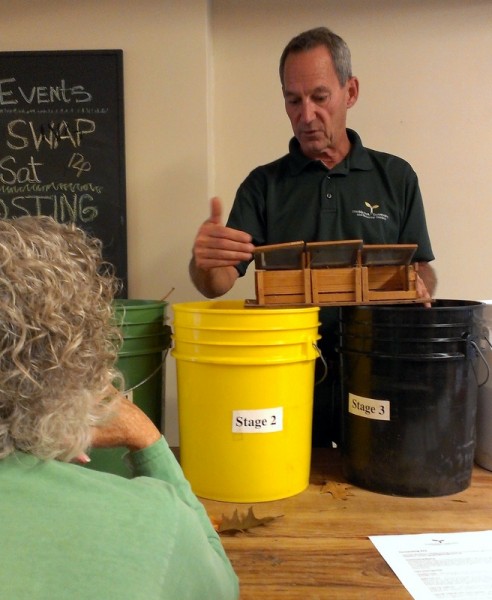
Set Expectations - For The Teacher and Student
After the date is set, I work with the location to clarify expectations for teaching. I want to know how and when I'll be paid, who will provide what supplies and ingredients, and how marketing will be handled. We set the minimum and maximum number of students and when a class will be cancelled for low enrollment. In some cases, this is handled via a formalized contract but an email conversation is sufficient most of the time.
I typically try to price classes so that I can earn $100 per teaching hour. This sounds like an awesome hourly wage but each teaching hours requires at least two hours of preparation. And the preparation time doesn't include developing the expertise or practicing recipes, both of which necessitate many hours in the kitchen or garden and often extra materials. Sometimes, especially for non-profit groups, I discount or forgo payment, but it helps me to have a minimum set in my mind to make decisions about which opportunities will feel 'worth it' in the end.
Finally, the venue and I work together to write a clear and enticing description. I describe whether students should expect a hands-on or discussion class, the recipes we'll make or topics I'll cover, and what amount of food to anticipate. I recently began adding a one or two line biography about myself and my relationship to the topic so that someone who comes across the class via web search has the information they need.
Publicize
Usually the above steps are completed 3-4 months before the class date. I add them to the Harmonious Homestead events calendar and double check that the venue has the description correct on their website. If appropriate, I post to the Harmonious Homestead Facebook page. Sometimes I add my classes to community calendar listings such as the OEFFA, WCBE, and Simply Living. I Tweet and Instagram a picture close to the class date if there are still seats available to fill a class.
Stay tuned for the next part of the series where I'll cover how I design the educational experience. In the meantime, I'd love to know what makes a class appealing to you and what class topics you'd like to see me address in the future.
*Post title lifted from Michael Ruhlman's book The Making of a Chef: Mastering Heat at the Culinary Institute of America , an insightful and entertaining read about culinary school for the serious home cook, professional chef, or restaurant diner.
, an insightful and entertaining read about culinary school for the serious home cook, professional chef, or restaurant diner.
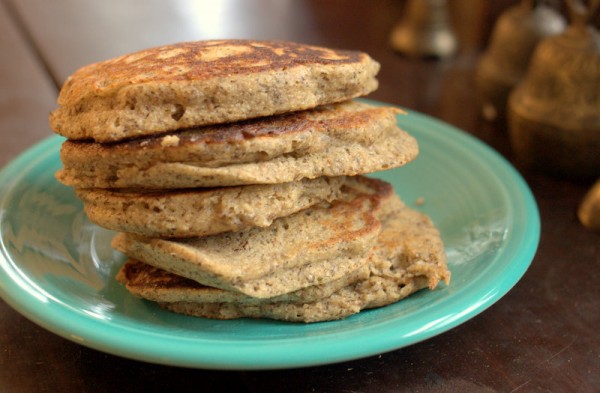
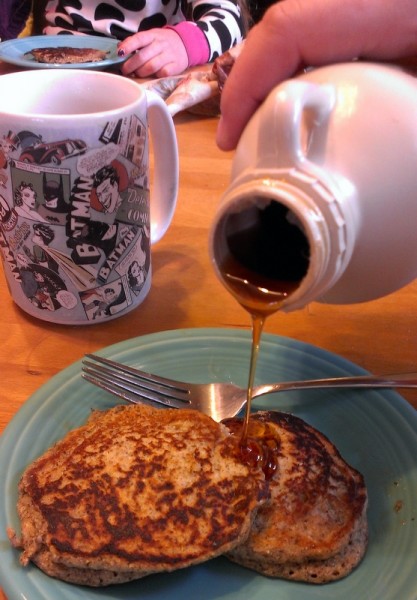 Buckwheat Almond Buttermilk Pancakes
Makes: 24 3-inch pancakes Time: 20-30 minutes
Buckwheat Almond Buttermilk Pancakes
Makes: 24 3-inch pancakes Time: 20-30 minutes





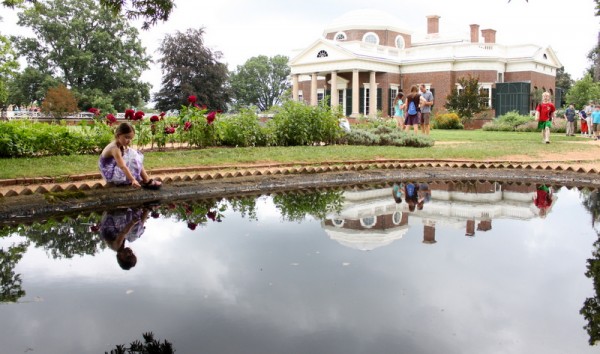
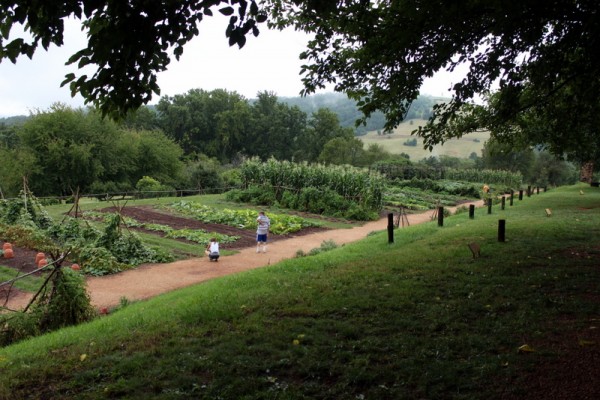
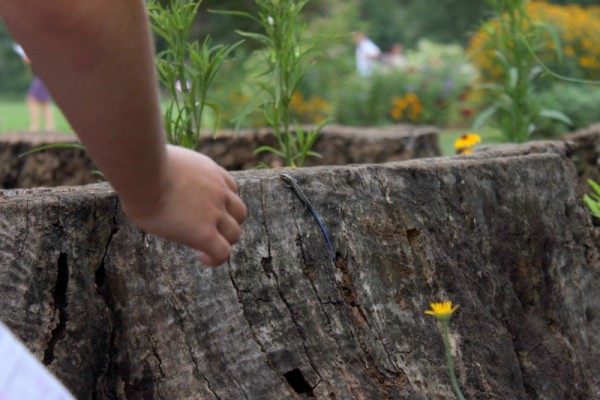
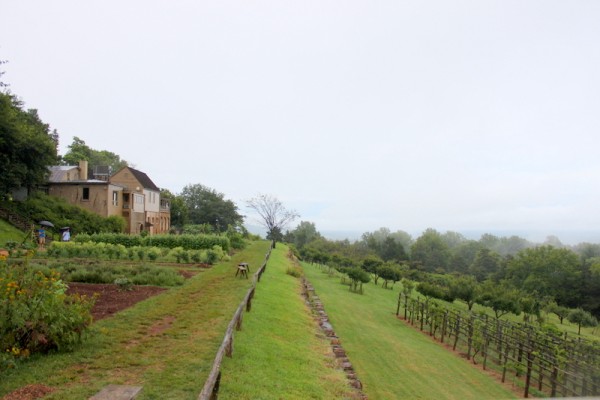
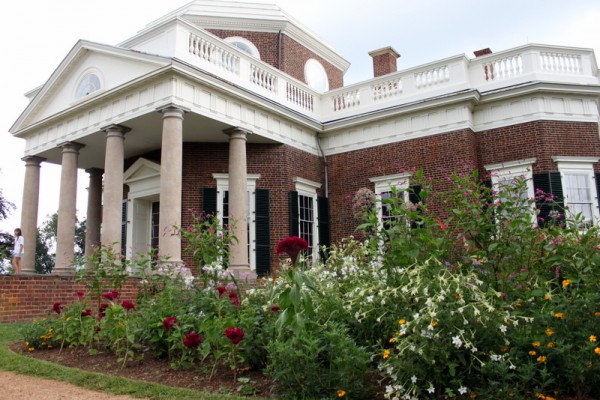








 , an insightful and entertaining read about culinary school for the serious home cook, professional chef, or restaurant diner.
, an insightful and entertaining read about culinary school for the serious home cook, professional chef, or restaurant diner.
